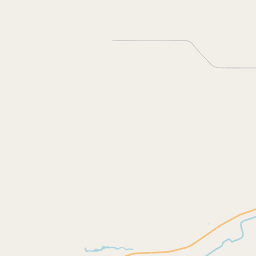Paso de la Santa Cruz
Historical marker location:






(Holy Cross Ford) Spot where in 1753 Juan Galvan, Spanish explorer, put up a huge cross, to show his choice of site for Mission San Saba. Indians gathered at the cross, remaining to participate in the first known Christian worship service in this area.
The mission, 2 miles east, and the river ford were both named for the cross. (1965)
As one of the most visible programs of the Texas Historical Commission (THC), historical markers commemorate diverse topics in Texas history, including: the history and architecture of houses, commercial and public buildings, religious congregations, and military sites; events that changed the course of local and state history; and individuals who have made lasting contributions to the state, community organizations, and businesses.
More history nearby
Texas was once an independent country: After winning its independence from Mexico in 1836, Texas became its own country, known as the Republic of Texas. It existed as an independent nation for nine years before being annexed by the United States in 1845.
In the mid-19th century, Menard County was primarily used for cattle ranching, and it experienced growth with the arrival of European settlers. The county was officially established in 1858 and named after Michel Menard, an early Texas empresario. The community of Menard, located in the county, served as the county seat.
During the American Civil War, Menard County was mostly pro-Confederate, with many residents serving in the Confederate Army. The war disrupted the region's ranching economy, but it recovered in the post-war years. The discovery of silver and lead deposits in the area brought temporary mining activity, but it quickly declined.
Throughout the 20th century, Menard County's economy remained based on ranching, though it faced challenges such as droughts and the economic instability of the Great Depression. Today, the county continues to be primarily rural and agricultural, known for its cattle ranches and natural beauty. Menard County offers recreational activities such as hunting, fishing, and camping, attracting visitors who appreciate its historical heritage and scenic landscapes.
Menard County Timeline
This timeline provides a concise overview of the key events in the history of Menard County, Texas.
- 1836: Menard County is officially established on January 27, becoming one of the original 23 counties in Texas.
- 1852: Fort McKavett is established in present-day Menard County as a military outpost.
- 1871: Gold is discovered in Menard County, leading to a short-lived gold rush in the area.
- 1875: Menardville, the county seat, is officially incorporated.
- 1891: The railroad reaches Menardville, helping to stimulate economic growth in the county.
- 1920s: Menard County experiences a decline in population due to factors such as drought and the Great Depression.
- 1972: The Texas Historical Commission designates Menardville as a State Archeological Landmark.
- 2004: Menard County celebrates its 168th anniversary since its establishment.